
Davao City: A Vibrant Gem of the Philippines
Discover Davao City: A harmonious blend of urban allure, natural wonders, and cultural richness in the heart of Mindanao, Philippines.
Davao City, located on the southeastern coast of Mindanao, is a dynamic metropolis known for its rich culture, diverse natural attractions, and warm hospitality. As the largest city in the Philippines, Davao City offers a unique blend of urban convenience and unspoiled nature, making it a perfect destination for both adventure seekers and leisure travelers. One of the highlights of Davao City is its proximity to Mount Apo, the highest peak in the Philippines. Hiking enthusiasts will relish the challenge of scaling this majestic mountain, while nature lovers can explore the lush forests and diverse wildlife in the surrounding areas. The city is also home to the Philippine Eagle Center, where visitors can learn about and observe the critically endangered Philippine Eagle, the country's national bird. Davao City is renowned for its vibrant festivals, with the Kadayawan Festival being the most famous. Held every August, this week-long celebration showcases the city's rich cultural heritage through colorful parades, traditional dances, and bountiful harvest displays. Foodies will delight in Davao's culinary scene, which features a variety of local delicacies, including the iconic durian fruit, often referred to as the 'king of fruits.' For those seeking relaxation, the city's numerous beaches and resorts offer a tranquil escape. The nearby Samal Island is a popular destination for its pristine white sand beaches, crystal-clear waters, and excellent diving spots. Whether you're exploring the bustling city center, embarking on an outdoor adventure, or simply unwinding by the sea, Davao City promises an unforgettable experience.
Local tips in Davao City
- Respect local customs and traditions, especially during festivals and visits to indigenous communities.
- Try the local fruits, especially the durian, but be prepared for its strong aroma.
- Plan ahead for a Mount Apo hike and ensure you have the necessary permits and guides.
- Use sunscreen and stay hydrated, as the tropical climate can be quite intense.
- Visit the Philippine Eagle Center early in the morning for the best chance to see the eagles up close.
Neighbourhoods in Davao City
Davao City: A Vibrant Gem of the Philippines
Davao City, located on the southeastern coast of Mindanao, is a dynamic metropolis known for its rich culture, diverse natural attractions, and warm hospitality. As the largest city in the Philippines, Davao City offers a unique blend of urban convenience and unspoiled nature, making it a perfect destination for both adventure seekers and leisure travelers. One of the highlights of Davao City is its proximity to Mount Apo, the highest peak in the Philippines. Hiking enthusiasts will relish the challenge of scaling this majestic mountain, while nature lovers can explore the lush forests and diverse wildlife in the surrounding areas. The city is also home to the Philippine Eagle Center, where visitors can learn about and observe the critically endangered Philippine Eagle, the country's national bird. Davao City is renowned for its vibrant festivals, with the Kadayawan Festival being the most famous. Held every August, this week-long celebration showcases the city's rich cultural heritage through colorful parades, traditional dances, and bountiful harvest displays. Foodies will delight in Davao's culinary scene, which features a variety of local delicacies, including the iconic durian fruit, often referred to as the 'king of fruits.' For those seeking relaxation, the city's numerous beaches and resorts offer a tranquil escape. The nearby Samal Island is a popular destination for its pristine white sand beaches, crystal-clear waters, and excellent diving spots. Whether you're exploring the bustling city center, embarking on an outdoor adventure, or simply unwinding by the sea, Davao City promises an unforgettable experience.
When is the best time to go to Davao City?
Iconic landmarks you can’t miss
Gaisano Mall of Davao
Discover the vibrant Gaisano Mall of Davao, where shopping, dining, and entertainment come together in a unique Davao experience.
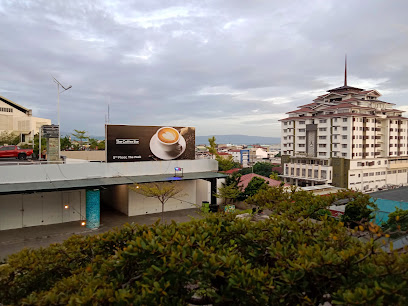
People’s Park Davao
Explore the captivating beauty and artistic flair of People's Park Davao, a lush urban retreat in the heart of the city.
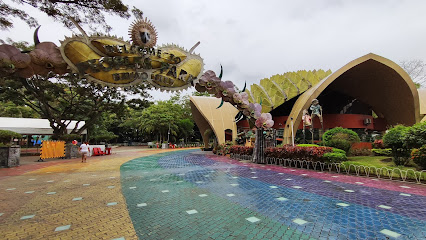
Roxas Night Market
Explore the vibrant Roxas Night Market in Davao City for mouthwatering street food and local crafts in a lively open-air setting.
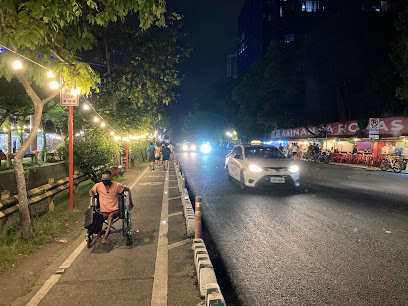
Davao Riverfront Crocodile Park & Zoo
Explore wildlife wonders at the Davao Riverfront Crocodile Park & Zoo, a unique blend of adventure and education in the heart of Davao City.
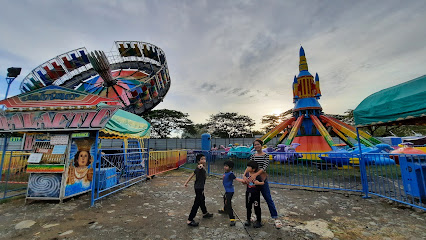
Eden Nature Park & Resort
Discover the serene beauty of Eden Nature Park & Resort, a hidden gem in Davao City offering breathtaking views, adventure, and relaxation amidst nature.

Ramon Magsaysay Park
Discover the lush beauty and cultural richness of Ramon Magsaysay Park, a serene urban oasis in Davao City perfect for relaxation and exploration.
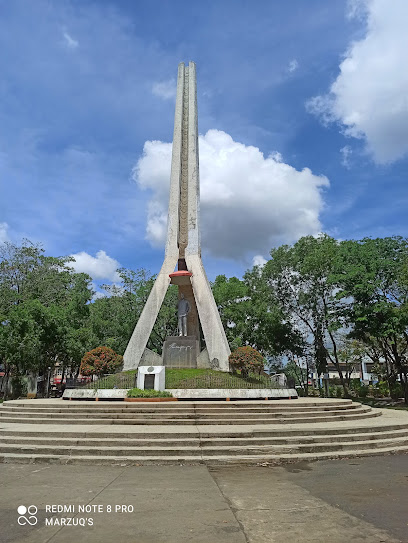
Matina Town Square
Explore Matina Town Square in Davao City for a unique blend of shopping, dining, and vibrant nightlife, perfect for tourists seeking adventure.
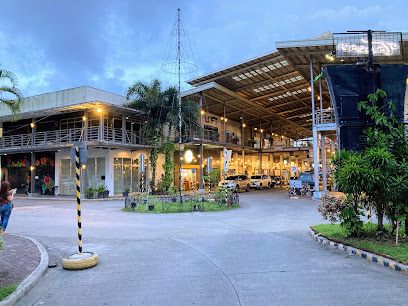
Malagos Garden Resort
Discover the tranquil beauty and recreational delights of Malagos Garden Resort, a perfect getaway in Davao City surrounded by nature.
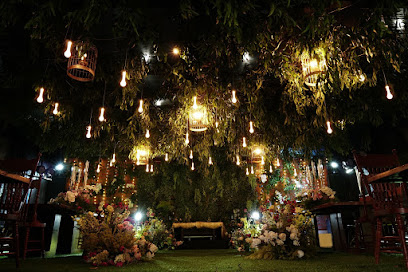
Apo View Hotel
Enjoy unparalleled luxury and comfort at Apo View Hotel, a premier destination in Davao City featuring dining, entertainment, and relaxation.

San Pedro Metropolitan Cathedral
Discover the architectural beauty and spiritual significance of San Pedro Metropolitan Cathedral in the heart of Davao City.
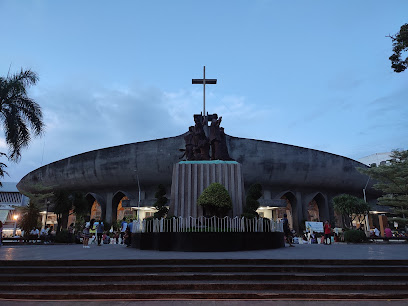
Philippine Eagle Center
Experience the breathtaking Philippine Eagle Center, a crucial sanctuary for conservation and wildlife education in Davao City, Philippines.
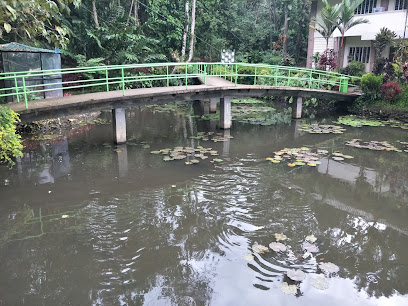
Rizal Park
Discover the tranquility and cultural richness of Rizal Park, a green oasis in Davao City perfect for relaxation and exploration.
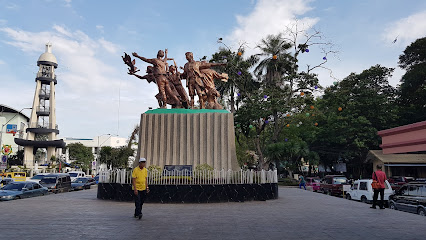
Our Mother of Perpetual Help Parish - Redemptorist Church
Discover the spiritual and architectural beauty of Our Mother of Perpetual Help Parish in Davao City, a serene retreat for tourists and locals alike.
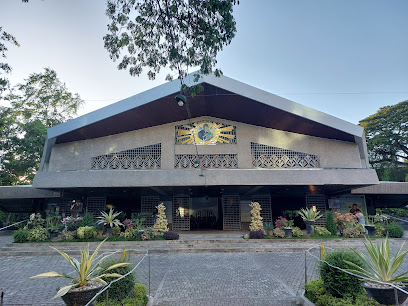
D' Bone Collector Museum
Discover the diverse skeletal wonders at D' Bone Collector Museum in Davao City, a unique blend of education and conservation.
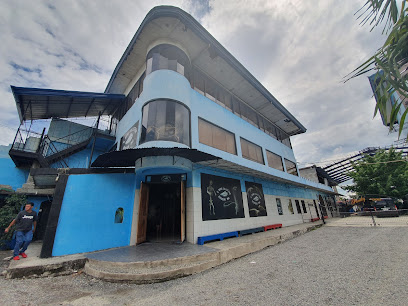
Jardín de Señorita Mountain Resort
Discover tranquility and natural beauty at Jardín de Señorita Mountain Resort, a serene getaway in Digos City, Davao del Sur, surrounded by vibrant gardens.
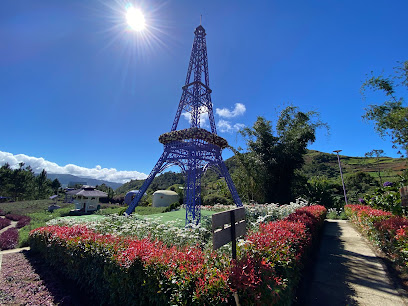
Unmissable attractions to see
People’s Park Davao
Explore the vibrant landscapes and artistic wonders of People’s Park Davao, a serene urban retreat in the heart of the city.

Roxas Night Market
Discover the vibrant flavors and cultural richness at Roxas Night Market in Davao City, a must-visit destination for food lovers and culture enthusiasts.
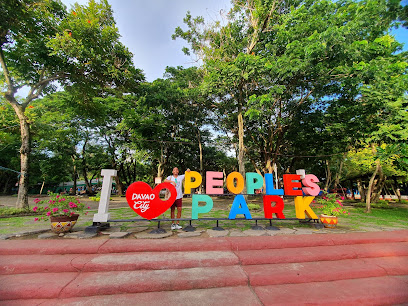
Davao Riverfront Crocodile Park & Zoo
Discover the thrill of wildlife at Davao Riverfront Crocodile Park & Zoo, where adventure meets education in a lush tropical setting.
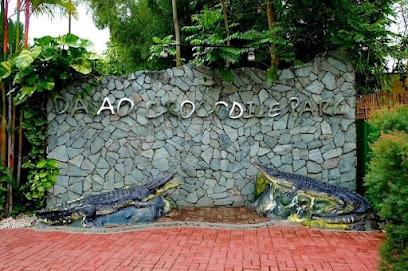
Davao Riverfront Crocodile Park & Zoo
Discover the Davao Riverfront Crocodile Park & Zoo, where adventure meets wildlife conservation in a spectacular riverside setting.
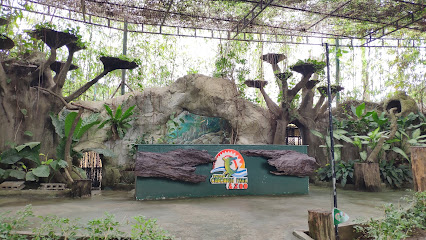
Ramon Magsaysay Park
Explore Ramon Magsaysay Park in Davao City, a peaceful haven showcasing nature and the rich cultural heritage of the Philippines.
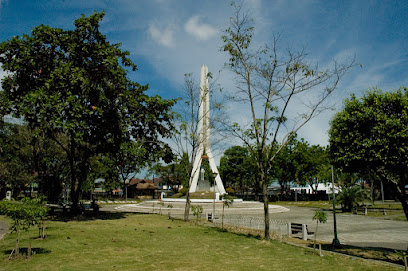
Malagos Garden Resort
Discover the natural beauty and tranquility of Malagos Garden Resort in Davao - a perfect getaway for relaxation, adventure, and family fun.
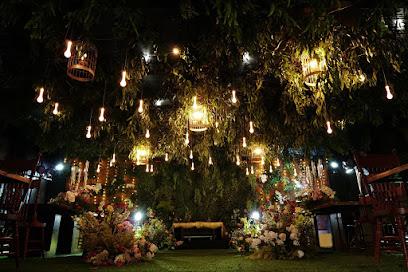
San Pedro Metropolitan Cathedral
Discover the architectural beauty and spiritual significance of San Pedro Metropolitan Cathedral in Davao City, a must-visit destination for tourists.
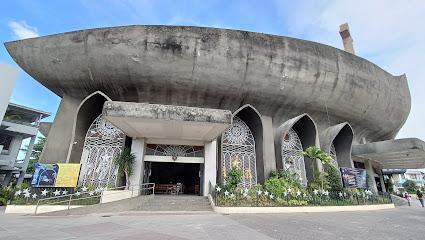
Philippine Eagle Center
Explore the Philippine Eagle Center for an unforgettable encounter with the majestic Philippine Eagle and a commitment to wildlife conservation.
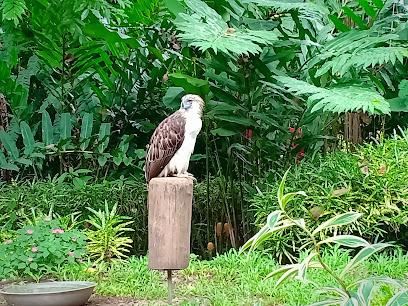
Rizal Park
Explore the beauty and tranquility of Rizal Park, a cultural gem in Davao City that offers lush landscapes, historical monuments, and a peaceful retreat.
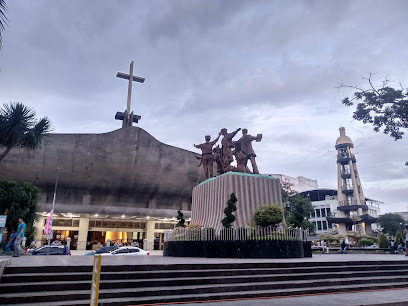
Mount Apo Natural Park
Experience the breathtaking landscapes, diverse wildlife, and exhilarating adventures at Mount Apo Natural Park in the Philippines.
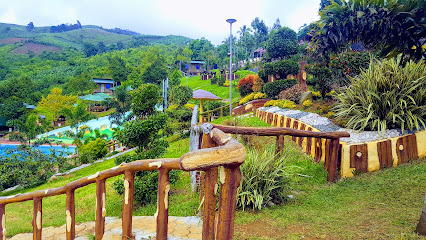
D' Bone Collector Museum
Explore the diverse world of zoology at D' Bone Collector Museum in Davao City, home to an impressive collection of bones and fossils.
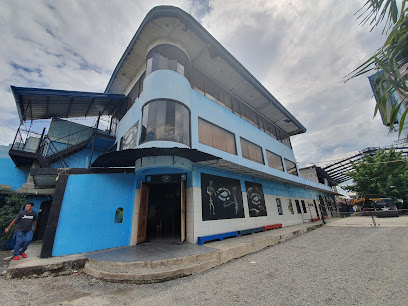
Tamayong Prayer Mountain
Explore the serene beauty and spiritual significance of Tamayong Prayer Mountain in Davao City, a perfect retreat for reflection and connection.
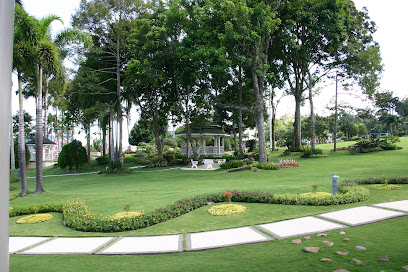
Osmeña Park
Discover tranquility and vibrant culture at Osmeña Park, the perfect escape in Davao City’s bustling heart.
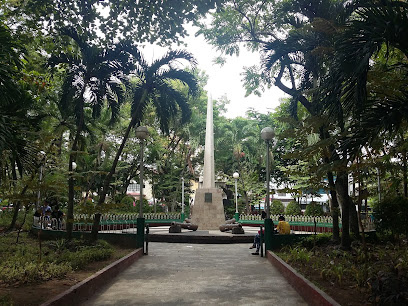
Monfort Bat Sanctuary
Explore the Monfort Bat Sanctuary, a unique wildlife refuge in Samal, home to millions of fruit bats in a stunning natural setting.
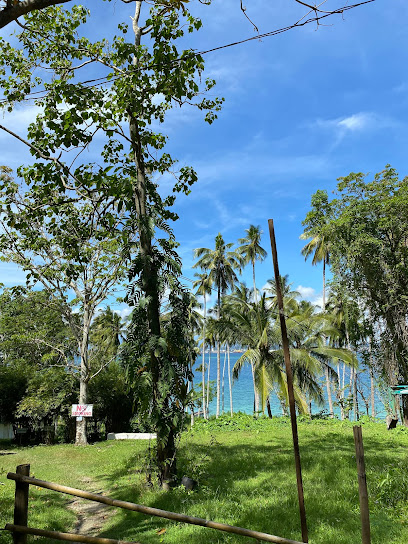
Bamboo Sanctuary and Ecological Park
Explore the lush landscapes and serene atmosphere of the Bamboo Sanctuary and Ecological Park in Davao City, a perfect retreat for nature lovers and eco-enthusiasts.
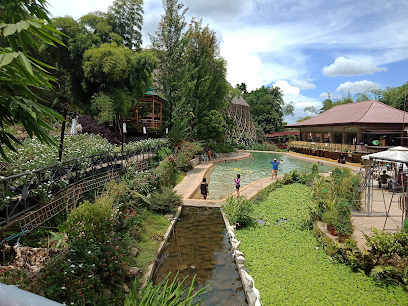
Essential places to dine
Jack's Ridge
Experience exquisite Filipino cuisine amidst breathtaking views at Jack's Ridge in Davao City.
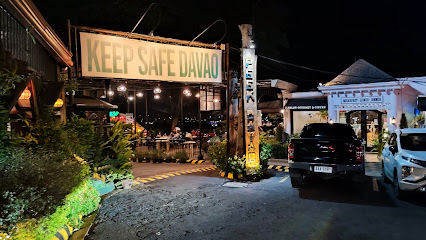
Davao Dencia's Restaurant
Experience authentic Filipino cuisine at Davao Dencia's Restaurant, where every dish tells a story of local tradition.
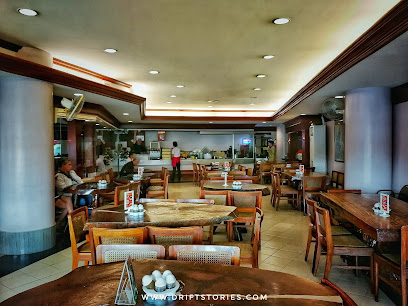
Yellow Fin Seafood Restaurant
Experience exquisite seafood dining at Yellow Fin Seafood Restaurant in Davao City—where freshness meets authentic Filipino flavors.
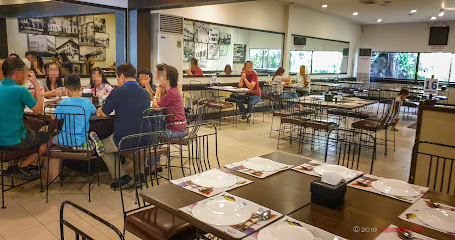
Davao Famous Restaurant
Experience authentic Chinese flavors at Davao Famous Restaurant in Davao City—where culinary tradition meets modern dining.
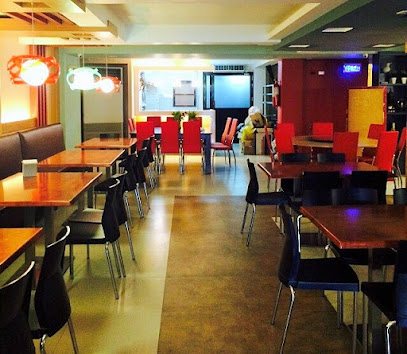
Lachi's
Experience the best of Davao City's culinary scene at Lachi's, where every dish tells a story and every dessert delights.

Rekado Filipino Comfort Cuisine
Experience authentic Filipino cuisine at Rekado in Davao City – where every dish tells a story.
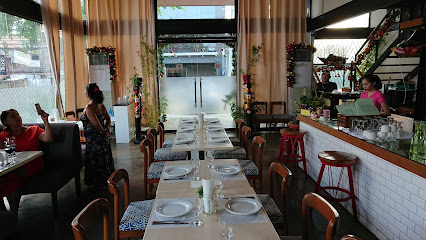
MarinaTuna
Discover fresh seafood delights at MarinaTuna in Davao City - where every dish celebrates local flavors and hospitality.
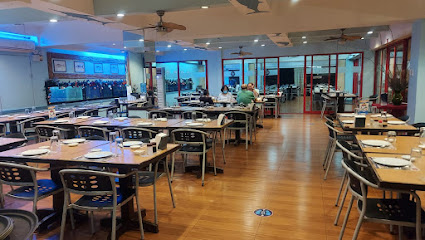
Lara Mia Café & Bistro
Experience authentic Italian flavors at Lara Mia Café & Bistro in Davao City - where every dish tells a story.
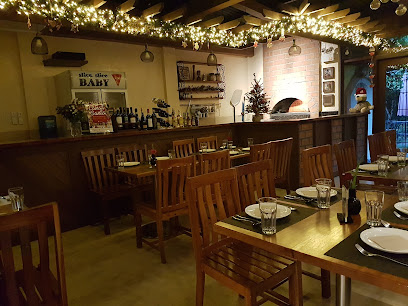
The Fat Cow
Discover culinary excellence at The Fat Cow in Davao City - where unique flavors meet exceptional ambiance.
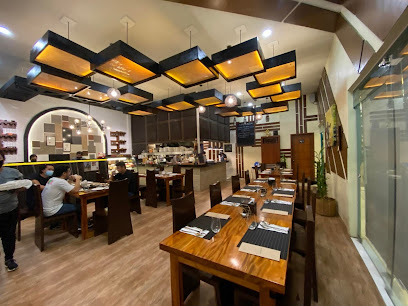
Blue Posts Boiling Crabs & Shrimps – Bajada
Experience culinary bliss at Blue Posts Boiling Crabs & Shrimps - where fresh seafood meets vibrant atmosphere in Davao City.
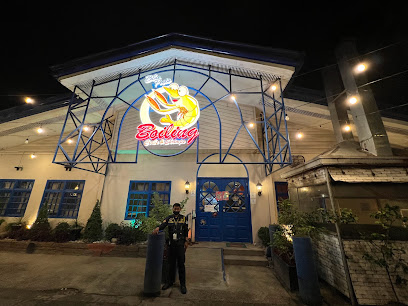
Bondi&Bourke Davao
Experience authentic Australian flavors at Bondi&Bourke in Davao City, where every dish tells a story of culinary excellence.
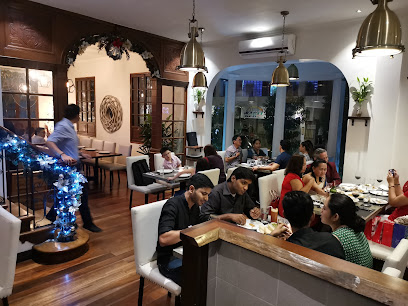
Tiny Kitchen & Dulce Vida
Discover culinary creativity at Tiny Kitchen & Dulce Vida in Davao City - where local flavors meet delightful dining experiences.
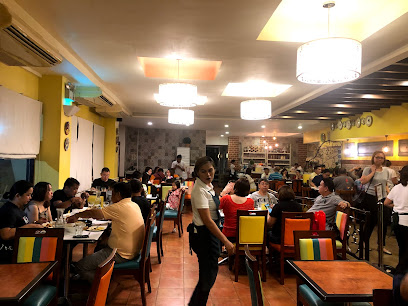
Nonki Japanese Restaurant (Davao)
Indulge in exquisite Japanese flavors at Nonki Japanese Restaurant, where tradition meets culinary excellence in Davao City.
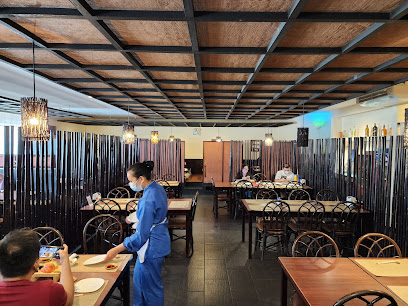
Davao Famous Restaurant - Obrero Branch
Experience authentic Chinese cuisine at Davao Famous Restaurant - Obrero Branch; where rich flavors meet warm hospitality in Davao City.
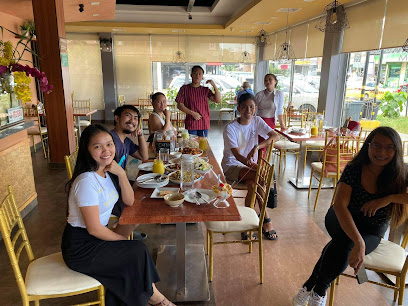
Coco's South Bistro
Discover the essence of American comfort food at Coco's South Bistro in Davao City – where every meal is a delightful experience.
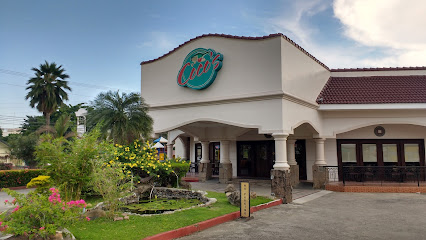
Markets, malls and hidden boutiques
Pasalubong Center
Explore the vibrant Pasalubong Center in Davao City for authentic souvenirs and local delicacies that capture the essence of Filipino culture.
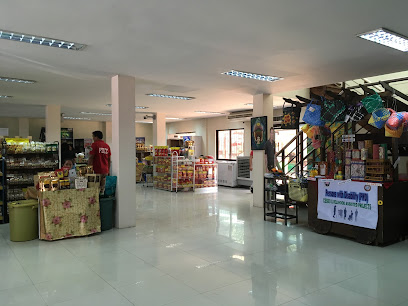
Chimes Flagship Store
Explore the Chimes Flagship Store in Davao City for unique fashion finds and local crafts that capture the essence of Filipino artistry.
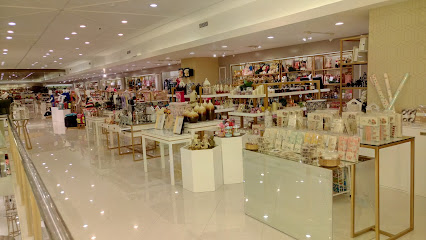
Cube Bazaar (3rd Floor Abreeza Mall)
Explore the latest fashion trends and unique accessories at Cube Bazaar in Abreeza Mall, Davao City - A shopper's paradise awaits!

Whatever.
Explore Davao City’s unique store offering locally crafted treasures and unforgettable souvenirs in the heart of Poblacion District.
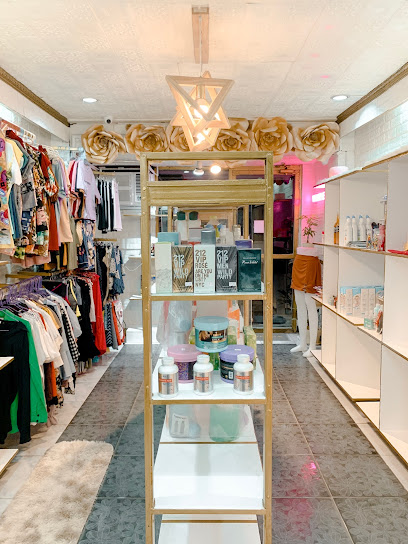
Hamida's Gift Shop
Discover authentic Filipino souvenirs at Hamida's Gift Shop in Davao City, where culture meets creativity in every handcrafted piece.
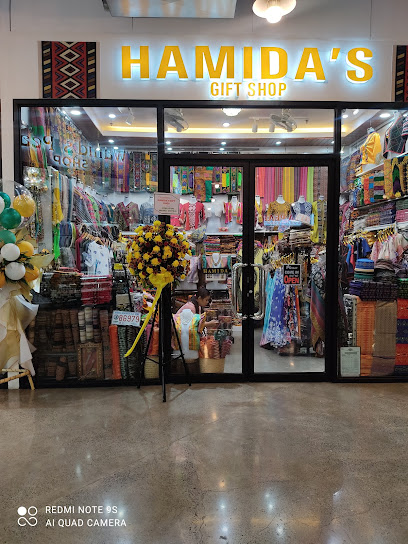
Cotton Candy KPOP Shop Davao
Discover the vibrant flavors of Davao's Cotton Candy KPOP Shop, a sweet blend of candy delights and KPOP culture in a lively atmosphere.
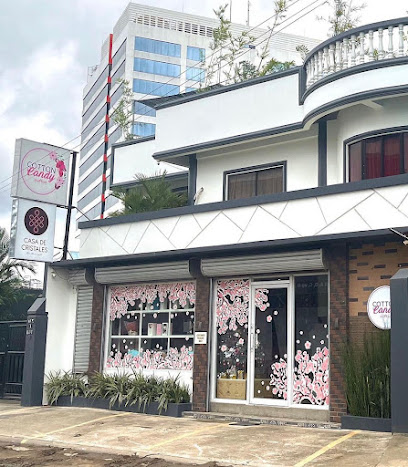
Lazuli PH
Explore Lazuli PH in Davao City for unique gifts and local crafts that celebrate Filipino culture and artistry.

Anniequin Fashion Boutique
Explore Anniequin Fashion Boutique for a unique blend of style, beauty supplies, and accessories in Davao City, catering to all fashion enthusiasts.
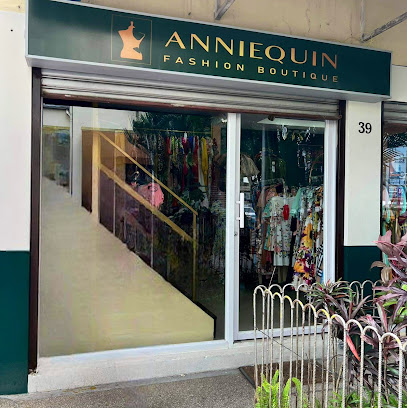
Omnor Gift Shop
Explore Omnor Gift Shop in Davao City for unique local crafts and souvenirs that embody the spirit of the region.

Store shop
Experience the vibrant shopping culture of Davao City at the Store Shop, where local craftsmanship meets modern retail.
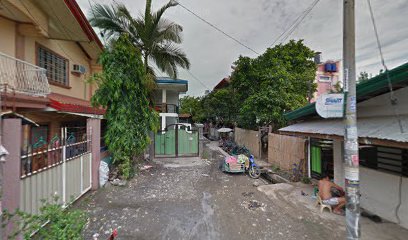
Al-Shiramin Souvenir Shop
Explore the vibrant Al-Shiramin Souvenir Shop in Davao City for unique handcrafted gifts and local fashion treasures that celebrate Filipino culture.

Nurlika’s Souvenir Shop
Discover authentic Davao souvenirs at Nurlika's Souvenir Shop, where local culture meets unique craftsmanship in the heart of Poblacion Market.
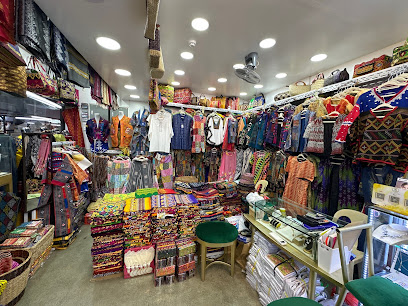
Maila's Souvenir Shop
Explore the vibrant culture of Davao at Maila's Souvenir Shop, your go-to destination for unique gifts, local crafts, and stunning fashion accessories.
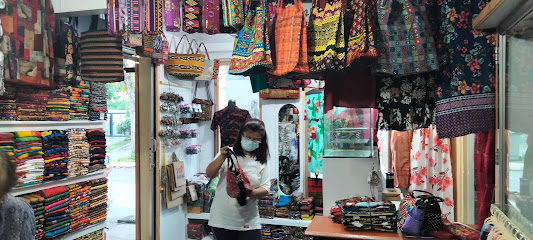
Algem's
Explore Algem's Souvenir Store in Davao City for authentic Filipino gifts and clothing that celebrate local culture and craftsmanship.

JaSMeiL Fashion Boutique
Explore JaSMeiL Fashion Boutique in Davao City for sustainable and stylish pre-loved clothing that reflects local culture.
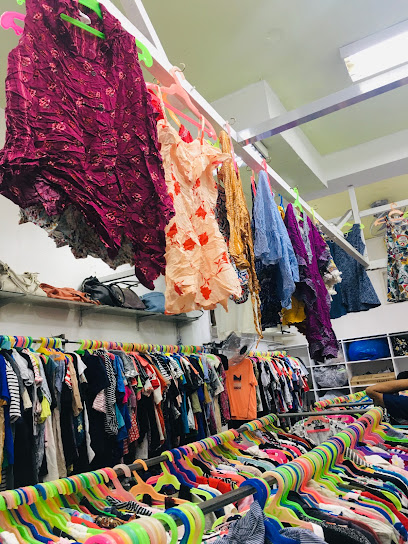
Essential bars & hidden hideouts
Huckleberry Southern Kitchen & Bar
Discover the heart of Southern cuisine at Huckleberry Southern Kitchen & Bar, a vibrant dining experience in Davao City.
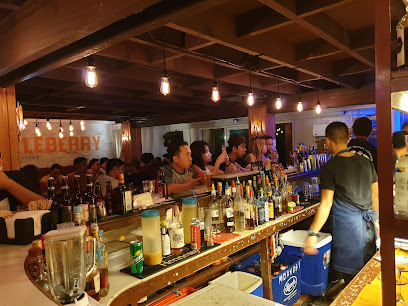
Club Echelon Davao
Experience the vibrant nightlife at Club Echelon Davao, a lively pub offering delicious drinks, great music, and a welcoming atmosphere for tourists.
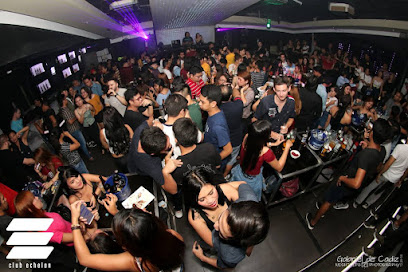
Upstairs Rooftop Bar Kitchen
Discover the best of Filipino dining and nightlife at Upstairs Rooftop Bar Kitchen, offering stunning views and a lively atmosphere in Davao City.
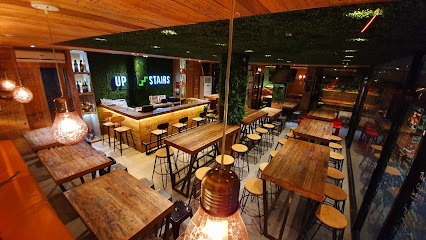
Business Class
Discover the lively nightlife of Davao City at Business Class Bar, where delightful drinks and a unique ambiance await.
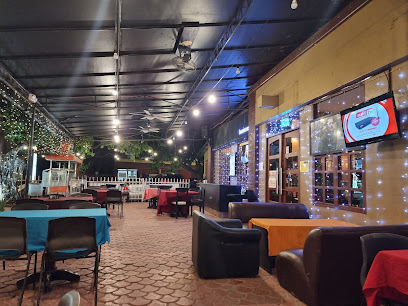
The Grid
Experience the vibrant nightlife of Davao at The Grid, where eclectic drinks and amazing DJs create an unforgettable atmosphere.

Secret Spot Davao
Experience the vibrant nightlife at Secret Spot Davao, where great drinks and a lively atmosphere await in the heart of the city.
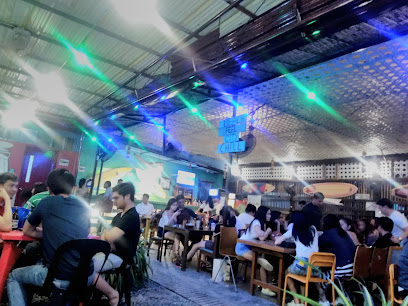
Suazo Bar
Experience the vibrant nightlife of Davao City at Suazo Bar, where lively ambiance meets a diverse drink selection for all tastes.

The William
Experience the vibrant nightlife of Davao City at The William, a lively pub known for its creative cocktails and welcoming atmosphere.
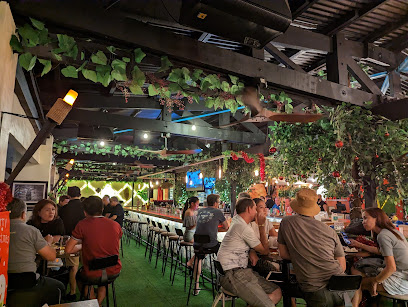
801 Infinity Restobar
Discover the vibrant culinary scene at 801 Infinity Restobar, where local flavors meet a lively nightlife experience in Davao City.
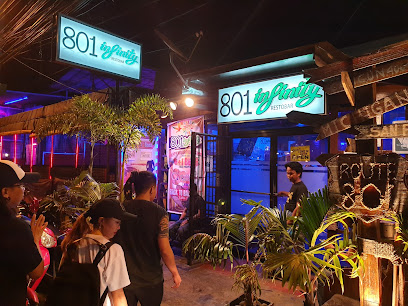
The Pre-Game
Experience the nightlife of Davao City at The Pre-Game, a lively bar serving up drinks and fun in the Poblacion District.
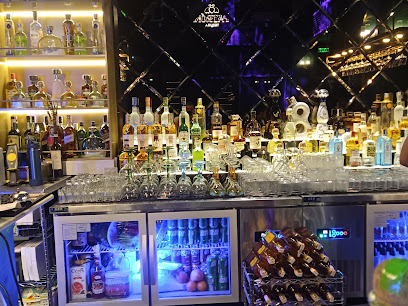
Babalick
Experience the vibrant nightlife of Davao City at Babalick, a lively bar offering a diverse drink menu and a welcoming atmosphere.
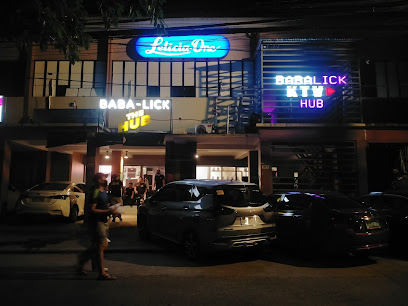
Blue Room Jazz Bar
Discover the vibrant melodies and cozy atmosphere of the Blue Room Jazz Bar, a must-visit pub in Davao City for music lovers.
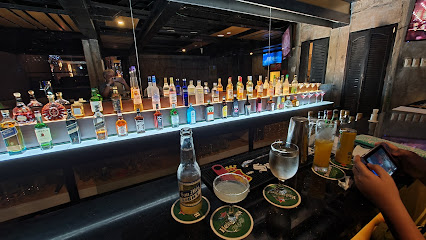
The Lounge
Experience the vibrant nightlife of Davao City at The Lounge, a trendy bar offering unique cocktails and a lively atmosphere.
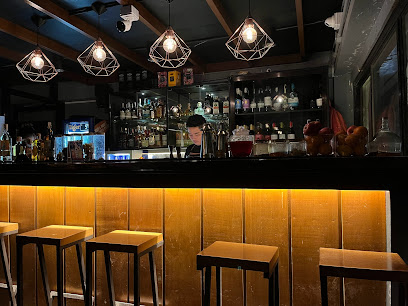
Classroom Bar
Discover the electrifying atmosphere of Classroom Bar in Davao City, where live music meets vibrant nightlife for an unforgettable experience.
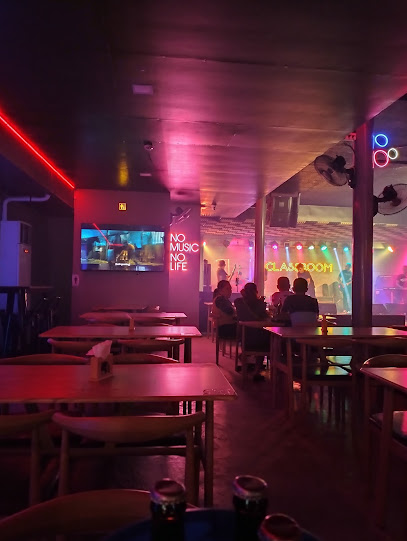
Obsession
Experience Davao City's vibrant nightlife at Obsession, a lively bar offering a diverse selection of drinks and a welcoming ambiance.
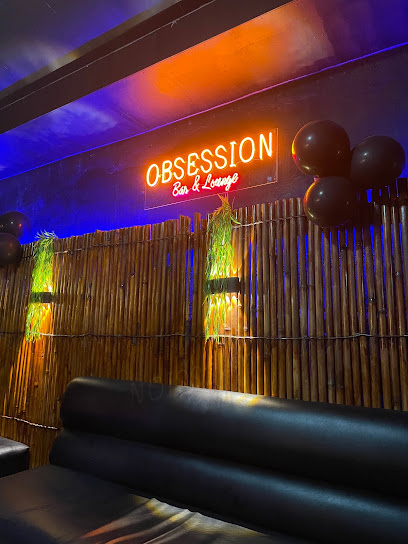
Local Phrases
-
- HelloKumusta
[koo-moo-sta] - GoodbyePaalam
[pa-a-lam] - YesOo
[oh-oh] - NoDili
[dee-lee] - Please/You're welcomePalihug
[pa-lee-hoog] - Thank youSalamat
[sa-la-mat] - Excuse me/SorryPasayloa ko
[pa-sa-ylo-a ko] - How are you?Kumusta ka?
[koo-moo-sta ka] - Fine. And you?Maayo. Ug ikaw?
[ma-a-yo. oog ee-kaw] - Do you speak English?Kahibaw ka og English?
[ka-hee-bow ka og English] - I don't understandDili ko kasabot
[dee-lee ko ka-sa-bot]
- HelloKumusta
-
- I'd like to see the menu, pleaseGusto ko makakita sa menu, palihug
[goos-to ko ma-ka-kee-ta sa me-nu, pa-lee-hoog] - I don't eat meatDili ko manolok og karne
[dee-lee ko ma-no-lok og kar-ne] - Cheers!Tagay!
[ta-ga-y] - I would like to pay, pleaseGusto ko mobayad, palihug
[goos-to ko mo-ba-yaad, pa-lee-hoog]
- I'd like to see the menu, pleaseGusto ko makakita sa menu, palihug
-
- Help!Tabang!
[ta-bang] - Go away!Lakaw!
[la-kaw] - Call the Police!Tawagi ang pulis!
[ta-wa-gi ang pu-lis] - Call a doctor!Tawagi ug doctor!
[ta-wa-gi oog doctor] - I'm lostNawala ko
[na-wa-la ko] - I'm illSakit ko
[sa-kit ko]
- Help!Tabang!
-
- I'd like to buy...Gusto ko mopabakal...
[goos-to ko mo-pa-ba-kal] - I'm just lookingNagtan-aw lang ko
[nag-tan-aw lang ko] - How much is it?Tagpila ni?
[tag-pee-la nee] - That's too expensiveMahal kaayo ni
[ma-hal ka-a-yo nee] - Can you lower the price?Pwede pa ba musaka ang presyo?
[pwede pa ba mu-sa-ka ang pres-yo]
- I'd like to buy...Gusto ko mopabakal...
-
- What time is it?Pila oras na?
[pee-la o-ras na] - It's one o'clockAlas uno na
[a-las oo-no na] - Half past (10)Kalahati na (sa alas dose)
[ka-la-ha-tee na sa a-las do-se] - MorningBuntag
[boon-tag] - AfternoonHapon
[ha-pon] - EveningGabii
[ga-bee] - YesterdayKahapon
[ka-ha-pon] - TodayKaron
[ka-ron] - TomorrowUgma
[oog-ma] - 1Usa
[oo-sa] - 2Duha
[doo-ha] - 3Tulo
[too-lo] - 4Upat
[oo-pat] - 5Lima
[lee-ma] - 6Unom
[oo-nom] - 7Pito
[pee-to] - 8Walo
[wa-lo] - 9Siyam
[see-yam] - 10Napulo
[na-poo-lo]
- What time is it?Pila oras na?
-
- Where's a/the...?Asa ang...?
[a-sa ang] - What's the address?Unsa ang address?
[oon-sa ang address] - Can you show me (on the map)?Pwede ka ba magpakita nako (sa mapa)?
[pwede ka ba mag-pa-kee-ta na-ko sa ma-pa] - When's the next (bus)?Kanus-a ang sunod (bus)?
[ka-noo-sa ang su-nod bus] - A ticket (to ....)Baligya ug ticket (paingon sa ....)
[ba-lee-gya oog ticket (pa-ing-gon sa)]
- Where's a/the...?Asa ang...?
History of Davao City
-
Long before the arrival of Spanish colonizers, Davao City was home to various indigenous tribes, including the Bagobo, Mandaya, and Mansaka. These tribes thrived for centuries, developing rich cultures, languages, and traditions that still influence the city today. The term 'Davao' is derived from the Bagobo word 'Daba-daba,' which refers to the sacred brass container used in ceremonial practices.
-
In the mid-19th century, Spanish explorers arrived in the region, marking the beginning of Davao's colonial period. The Spaniards established settlements and built fortifications to protect against Moro pirates. During this era, missionaries played a crucial role in spreading Christianity, which led to significant cultural and religious transformations among the indigenous population.
-
Following the Spanish-American War, the Philippines was ceded to the United States in 1898. Under American rule, Davao saw significant economic and infrastructural development. The American government introduced modern agricultural techniques and encouraged the cultivation of abaca (Manila hemp), which became a significant export product. This period also saw an influx of Japanese immigrants, who contributed to the city's agricultural and commercial growth.
-
Davao was among the first areas in the Philippines to be occupied by Japanese forces during World War II. The city became a strategic military base for the Japanese, and many local residents suffered under harsh occupation policies. The Battle of Davao in 1945 was a pivotal event that led to the liberation of the city by Allied forces, marking the end of Japanese rule.
-
After World War II, Davao City underwent significant rebuilding and development. The city was officially inaugurated as a chartered city on March 16, 1937, by President Manuel L. Quezon. In the post-war years, Davao emerged as a vital economic and cultural hub in Mindanao. The city's port facilitated trade, and its fertile lands supported diverse agricultural activities.
-
Davao City is known for its cultural diversity, hosting a mix of indigenous groups, settlers from other parts of the Philippines, and significant Chinese and Japanese communities. The city celebrates this diversity through various festivals, such as the Kadayawan Festival, which honors indigenous cultures and the bountiful harvest. In recent years, Davao has also become a center for education, business, and tourism, blending its rich history with modern amenities.
Davao City Essentials
-
Davao City is accessible via Francisco Bangoy International Airport (DVO), also known as Davao International Airport. The airport has regular flights from major cities in the Philippines, such as Manila, Cebu, and Iloilo, as well as international flights from Singapore and Hong Kong. From the airport, you can take a taxi or ride-sharing service to the city center, which is approximately 30 minutes away. Alternatively, you can use the public bus service for a more economical option.
-
Davao City has a variety of transportation options to help you get around. Jeepneys are the most common and affordable mode of public transportation, covering most areas of the city. Taxis are also widely available and relatively inexpensive. For a more comfortable ride, you can use ride-hailing apps like Grab. If you prefer to drive, car rentals are available at the airport and in the city. For exploring nearby islands, there are ferries and boats that operate regularly.
-
The official currency in Davao City is the Philippine Peso (PHP). Credit cards are widely accepted in hotels, restaurants, and shopping centers, but it is advisable to carry cash for smaller establishments and markets. ATMs are plentiful in the city, and currency exchange services are available at the airport and major hotels. Always ensure you have enough cash when traveling to rural areas.
-
Davao City is generally considered one of the safest cities in the Philippines. However, it is always wise to remain cautious. Avoid walking alone at night in unfamiliar areas and be vigilant of your belongings in crowded places. Areas such as Bankerohan and Agdao have higher crime rates, so exercise extra caution if visiting these neighborhoods. Always use reputable taxi services or ride-sharing apps.
-
In case of emergency, dial 911, the national emergency number in the Philippines. Davao City has modern medical facilities, including the Southern Philippines Medical Center. It is advisable to have travel insurance that covers medical emergencies. For minor health issues, there are numerous pharmacies where you can purchase over-the-counter medications. The local police stations are well-equipped to handle tourist-related issues.
-
Fashion: Do dress modestly, especially when visiting religious sites. Avoid wearing revealing clothing. Religion: Do respect local customs and traditions. Remove your shoes when entering homes and some religious sites. Public Transport: Do be respectful and give up your seat to elderly passengers. Don't eat or drink on public transport. Greetings: Do greet people with a smile and a handshake. Use 'po' and 'opo' to show respect to elders. Eating & Drinking: Do try local delicacies and accept food offerings graciously. Don't refuse hospitality, as it is considered impolite. Avoid using your left hand when handing over items or eating.
-
To experience Davao City like a local, visit the Bankerohan Market for fresh produce and local goods. Engage with locals, who are generally friendly and willing to share stories about their culture. Don't miss the Kadayawan Festival in August, celebrating the city's rich cultural heritage. For a unique experience, visit the Philippine Eagle Center, a conservation facility for the critically endangered Philippine Eagle. Also, take a stroll along the Roxas Night Market for a variety of street food and local crafts.
Trending Landmark in Davao City
-
Gaisano Mall of Davao
-
People’s Park Davao
-
Roxas Night Market
-
Davao Riverfront Crocodile Park & Zoo
-
Eden Nature Park & Resort
-
Ramon Magsaysay Park
-
Matina Town Square
-
Malagos Garden Resort
-
Apo View Hotel
-
San Pedro Metropolitan Cathedral
-
Philippine Eagle Center
-
Rizal Park
-
Our Mother of Perpetual Help Parish - Redemptorist Church
-
D' Bone Collector Museum
-
Jardín de Señorita Mountain Resort
Nearby Cities to Davao City
-
Things To Do in Cagayan de Oro
-
Things To Do in Camiguin
-
Things To Do in Siargao
-
Things To Do in Bohol
-
Things To Do in Zamboanga City
-
Things To Do in Cebu City
-
Things To Do in Manado
-
Things To Do in Boracay
-
Things To Do in Legazpi
-
Things To Do in Puerto Princesa
-
Things To Do in Palawan
-
Things To Do in Sandakan
-
Things To Do in Tagaytay
-
Things To Do in Manila
-
Things To Do in Koror Town

















